The urban development of the Dominican Republic is a complex and multifaceted story that reflects the country’s historical, social, economic, and political evolution. Here’s an overview of key aspects of the history of urban development in the Dominican Republic:
- Indigenous Settlements:
- Before the arrival of Christopher Columbus in 1492, the island of Hispaniola (which the Dominican Republic shares with Haiti) was inhabited by the Taíno people. They had their own settlements and systems of organization, although these were significantly altered or destroyed with the arrival of European colonizers.
- Colonial Period (1492-1821):
- Santo Domingo, founded in 1498, is the oldest European settlement in the Americas and served as the capital of the Spanish colony. The city’s layout and architecture were influenced by Spanish urban planning principles, with a central square and grid-like streets.
- The colonial period saw the establishment of other towns and cities, often strategically located near mines or agricultural areas.
- Independence and the 19th Century:
- The Dominican Republic gained independence from Haiti in 1844. The 19th century saw economic shifts with the decline of the tobacco industry and the rise of sugar production, influencing the growth of cities.
- Urban areas expanded as economic activities diversified, and transportation infrastructure improved.
- American Occupation (1916-1924):
- The United States occupied the Dominican Republic during this period. The occupation had a significant impact on urban planning, introducing modern infrastructure and institutions. However, it also led to social unrest.
- Trujillo Era (1930-1961):
- The regime of Rafael Trujillo had a profound impact on urban development. Trujillo focused on modernizing the capital, Santo Domingo, with new buildings and infrastructure projects. However, this development was often characterized by grandiosity and authoritarianism.
- Post-Trujillo and Late 20th Century:
- After Trujillo’s assassination in 1961, the country experienced periods of political instability. Urban development continued, but the focus shifted to social housing and infrastructure projects.
- Tourism became a significant industry, leading to the development of resort towns and the expansion of existing urban centers.
- Contemporary Period:
- In recent decades, urbanization has accelerated, with a growing population moving to cities in search of employment and better living conditions.
- Challenges such as informal settlements, inadequate infrastructure, and environmental concerns have become prominent issues in urban development.
- Infrastructure and Tourism:
- The Dominican Republic has invested in modernizing its infrastructure, including roads, airports, and ports, to support economic growth and the tourism industry.
- Social and Economic Disparities:
- Despite progress, there are still significant social and economic disparities in urban areas. Informal settlements, or “barrios,” are common, highlighting challenges in housing and basic services.
Understanding the history of urban development in the Dominican Republic requires an appreciation of its historical, political, and economic context. The country’s cities continue to evolve, facing both opportunities and challenges in the 21st century.

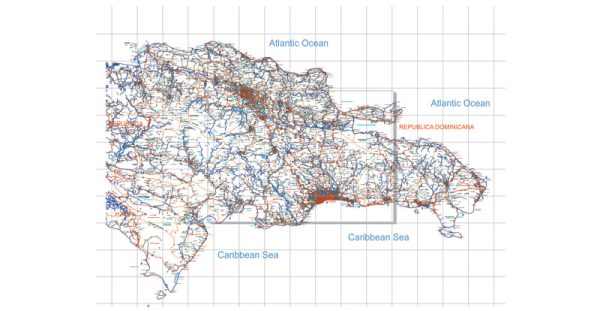
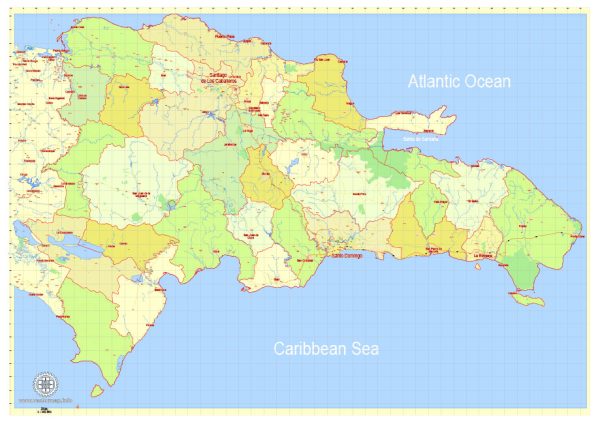
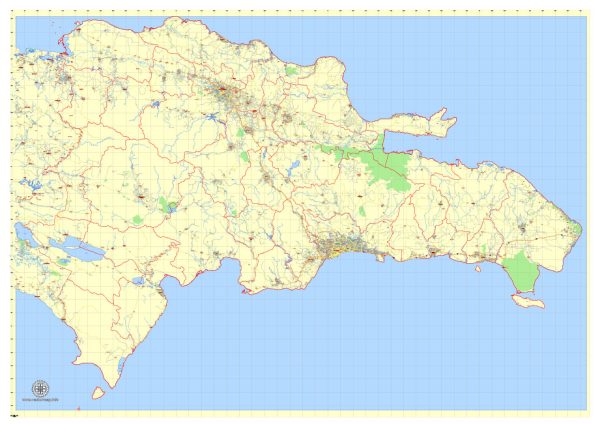
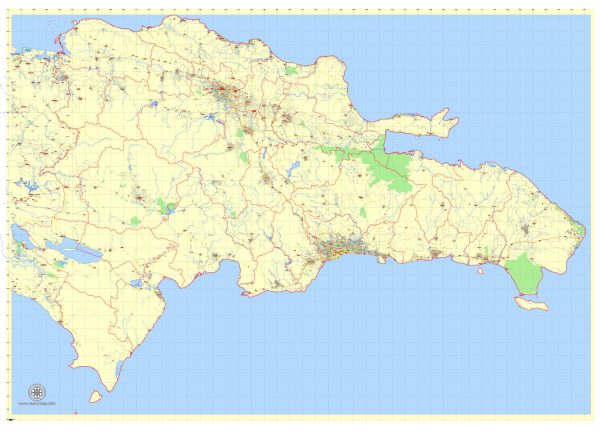
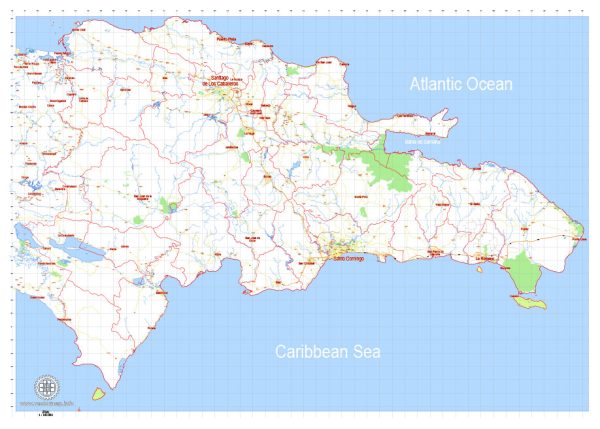
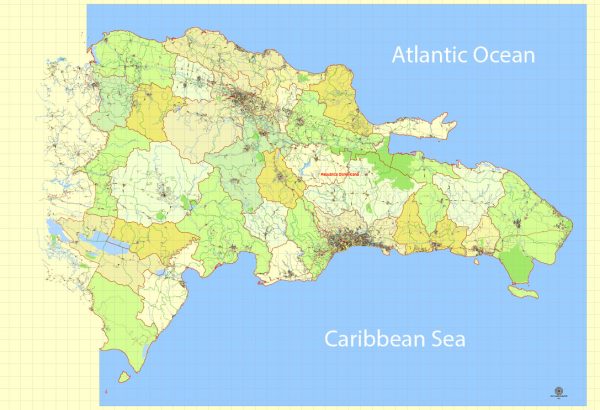
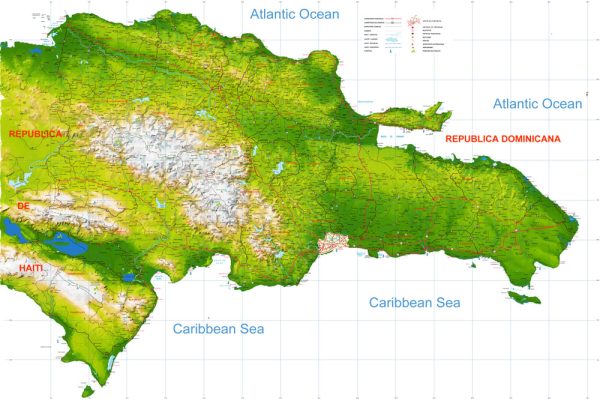
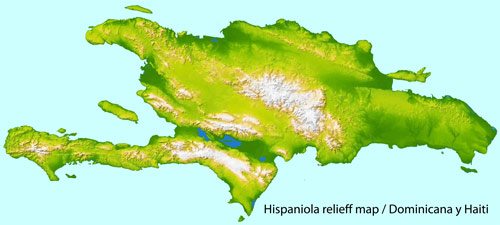
 Author: Kirill Shrayber, Ph.D.
Author: Kirill Shrayber, Ph.D.